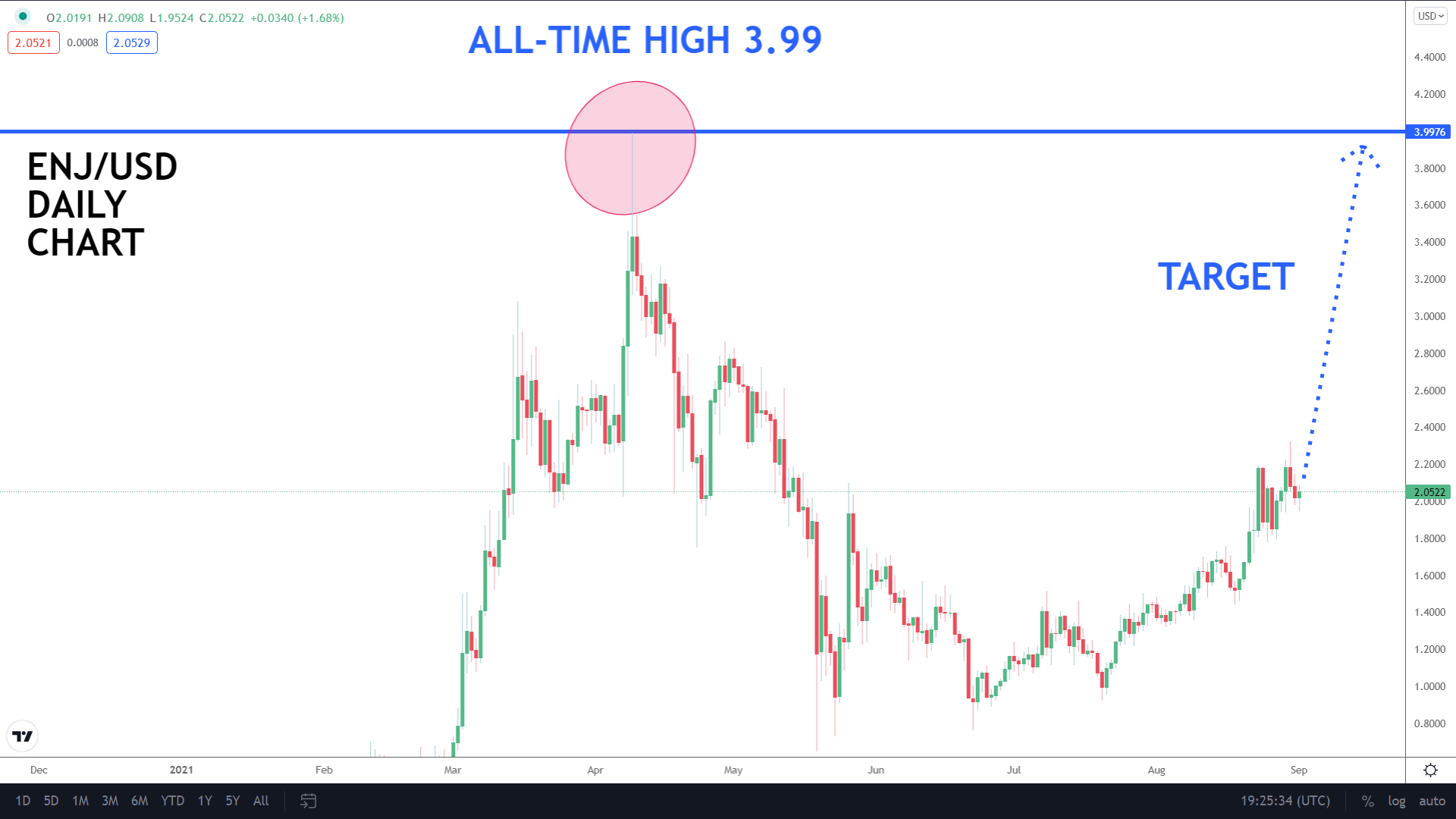The USA’s top-10 airlines collectively have over seven million flights this year and 922 million seats. While this sounds impressive, especially amid a pandemic, seat capacity remains at 83% of what was offered for sale in 2019, a shortfall of 193 million. We examine the situation.

The USA’s top-10 airlines this year
American Airlines is the USA’s largest airline this year, just as it usually is. It has just shy of two million flights and has put 226.5 million seats on sale. The gap between it and number-two, Delta, has doubled since COVID broke.
American’s recovery influences the gap between American and Delta. It has added back more capacity (85.4%) than any other US network airline, and the gulf with Delta, United, and Hawaiian is significant.
- American: 226.5 million seats in 2021; 85.4% of 2019 capacity
- Delta: 188.8 million; 77.6%
- Southwest: 172.7 million; 81.9%
- United: 144.7 million; 72.8%
- Alaska: 47.1 million; 80.3%
- Spirit: 42.0 million; 100.3%
- JetBlue: 40.9 million; 78.0%
- Frontier: 28.0 million; 104.0%
- Allegiant: 20.5 million; 114.4%
- Hawaiian: 10.7 million; 71.9%

American leads network airline recovery
Of course, being ahead of the game against other network airlines means American has more exposure. This might not be good or desirable, especially as the TSA recorded its lowest Friday passenger throughput in two and a half months on August 20th.
And fully understandably, American, like all airlines, would have lost a very significant amount of money in the second quarter of this year had the US Government not intervened. Evidently, times are still rough and will likely get rougher still as winter approaches.

A look back to May: how did they do?
Naturally, there is always a time lag between what has gone and when it is reported. Currently, the US Department of Transportation’s T-100 data to which we have access, via data experts Cirium, is available only until May 2021. Since then, a lot has changed, but the numbers are insightful in themselves and for wider context.
In that early summer month, American carried 13.1 million passengers and achieved the highest seat load factor (SLF) of the top-10 airlines with 84.2%. This had dropped from 86% in 2019, not a big decline, under the circumstances.
Stay aware: Sign up for my weekly new routes newsletter.
In stark contrast was Allegiant, whose SLF was just 69.4%, down from 84.2%. This is despite it recovering the strongest, by capacity, across the whole year. Why was it down so much in May? Quite simply as its capacity was far higher relative to passenger demand, necessarily reducing SLF.
- American: 13.1 million passengers in May; 84.2% SLF
- Southwest: 11.1 million; 83.4%
- Delta: 11.0 million; 78.6%
- United: 6.8 million; 81.4%
- Alaska: 2.7 million; 74.4%
- Spirit: 2.6 million; 84.0%
- JetBlue: 2.1 million; 80.8%
- Frontier: 1.8 million; 79.1%
- Allegiant: 1.1 million; 69.4%
- Hawaiian: 559,000; 79.3%

A quick look at SLF
Many often scoff when seat load factor (SLF) is mentioned, and you can understand why. It is just one measurement, and a high SLF does not in itself equate to profitability and vice-versa. After all, it depends on exactly how it is achieved.
If a route is disproportionately reliant on connecting (and therefore lower yielding) passengers, it may have a very high SLF, but financial route performance might not be overly great, especially compared to how the aircraft could otherwise be deployed. Nevertheless, the route could make a strong network contribution, on which many others rely.
In normal times, a corporate-heavy route using a 50-seat Embraer 145 might break even with low loads given high average fares and smaller aircraft, despite higher unit costs from operating such aircraft.
In contrast, ultra-low-cost carriers often achieve 90%+ SLFs, especially outside the US, sometimes premised on a ‘yield passive, SLF active’ approach. Ryanair typifies this approach. They balance very high SLFs and lower costs with more passengers, lower fares, and higher ancillaries.
Clearly, unit revenue, unit cost, and breakeven levels must really be considered alongside SLF for a fuller picture. However, this is often not possible outside of an airline, so the typical focus is on what is (slightly) more available: SLF.

Does SLF matter?
Too much capacity on a route relative to demand and SLF will normally suffer, as in the example of Allegiant. An airline may reduce frequency (and therefore convenience and potentially competitiveness) or change gauge or lower prices. What it does will partly depend on the type of airline it is, the passengers it is targeting, the seriousness of the problem it faces, and how long it may last.
This is why a network airline may have an A319 on an off-peak flight against a high-density A321 at peak times. On that A319 service, it may achieve higher loads and also hopefully higher unit revenue, depending on demand, counterbalanced by a higher unit cost.
In contrast, too high a SLF might mean an airline can charge higher prices, depending on the degree and nature of its competition and the price sensitivity of its target customers. However, very high SLFs may mean it leaves passengers and revenue on the table, the concept of ‘spill’. To counteract this, it may ignore it or increase flights or aircraft size. It’d then need to fill the additional seats, potentially pressuring unit revenue but benefiting from lower unit cost.

American Airlines
In May, American’s top-10 routes by passengers were as follows, according to T-100 data. You’ll see most were hub-to-hub services, and they didn’t reveal exactly where passengers transited. Dallas, the airline’s largest hub, featured seven times. Approximately 44% of passengers were point-to-point on Dallas-Los Angeles.
- Dallas-Los Angeles: 268,660 in May; 87.9% SLF
- Austin-Dallas: 185,922; 74.8%
- Los Angeles-Miami: 184,504; 89.7%
- Charlotte-Dallas: 182,990; 84.4%
- Dallas-Phoenix: 181,402; 89.8%
- Dallas-Miami: 179,414; 85.0%
- Charlotte-Philadelphia: 178,820; 89.0%
- Dallas-Las Vegas: 175,874; 92.7%
- Charlotte-Orlando: 171,984; 85.1%
- Dallas-San Antonio: 170,960; 80.9%
However, if all of its core hubs are explored, Philadelphia had the highest SLF that month (87%), surpassing Charlotte (85.0%), Chicago (84.8%), Miami (84.7%), Dallas (84.5%), and Phoenix (84.1%).
Where are you flying this year? Let us know in the comments.
Source: https://simpleflying.com/top-united-states-carriers/
- 000
- 100
- 11
- 2019
- 2021
- 7
- 77
- 84
- 9
- access
- Additional
- aircraft
- airline
- Airlines
- airport
- All
- American
- Boeing
- Capacity
- change
- charge
- chicago
- comments
- competition
- Costs
- Covid
- Customers
- Dallas
- data
- Delta
- Demand
- Denver
- DID
- dropped
- Early
- expects
- experts
- faces
- featured
- financial
- flight
- Flights
- Focus
- Friday
- game
- gap
- good
- Government
- great
- High
- How
- HTTPS
- Increase
- International
- IT
- load
- Long
- Miami
- million
- money
- months
- network
- Newsletter
- numbers
- operating
- Other
- Others
- pandemic
- performance
- philadelphia
- phoenix
- picture
- price
- pricing
- profitability
- recovery
- reduce
- revenue
- Route
- sale
- Services
- Simple
- Size
- So
- States
- summer
- Target
- time
- traffic
- United
- United States
- us
- us government
- Versus
- weekly
- What is
- year





